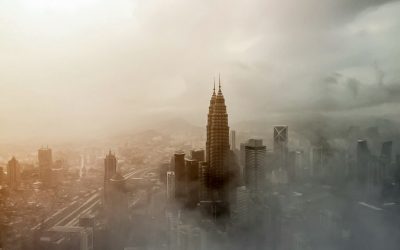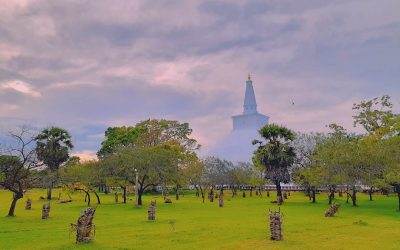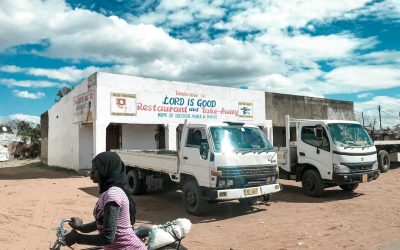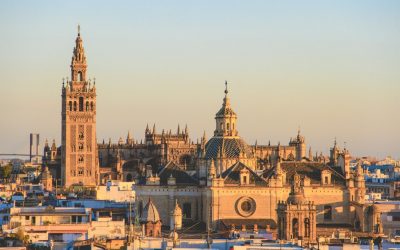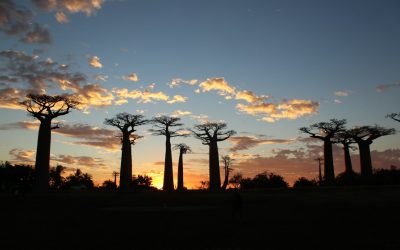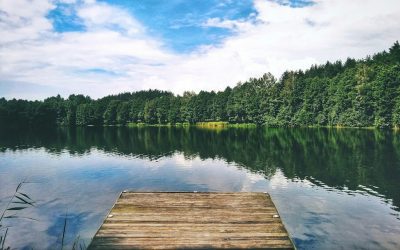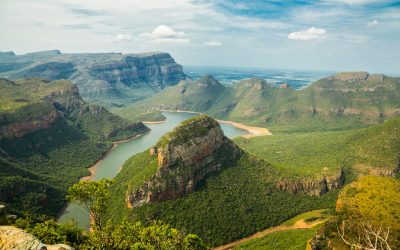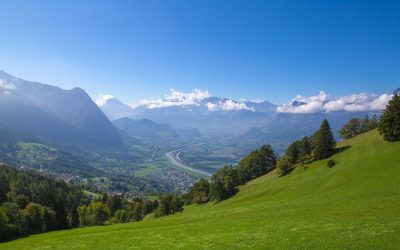Discovering the Hidden Gems of Malaysia: A Journey Through Culture, Cuisine and Natural Beauty
Malaysia is a country known for its vibrant culture, stunning landscapes, and delicious cuisine. While popular tourist destinations like Kuala Lumpur and Penang attract millions of visitors each year, there are many hidden gems in Malaysia that often go unnoticed....
Discover the Hidden Gems of Sri Lanka: A Journey Through the Pearl of the Indian Ocean
Sri Lanka, often referred to as the “Pearl of the Indian Ocean,” is a small island nation located in South Asia. It is known for its stunning natural beauty, rich history, and vibrant culture. The country is surrounded by the Indian Ocean, which gives it a...
Exploring the Hidden Gems of Malawi: A Journey Through the Warm Heart of Africa
Malawi, also known as the “Warm Heart of Africa,” is a landlocked country located in southeastern Africa. It is bordered by Tanzania to the northeast, Mozambique to the east, south, and west, and Zambia to the northwest. With a population of over 18...
Discover the Charms of Spain: A Journey Through Its Vibrant Culture and Stunning Landscapes
Spain, located in southwestern Europe, is a country known for its diverse landscapes, rich history, and vibrant culture. It is bordered by Portugal to the west, France to the northeast, and the Mediterranean Sea to the south and east. The country is divided into 17...
Exploring the Natural Wonders of Madagascar: A Journey Through the Island’s Biodiverse Landscapes
Madagascar, the fourth largest island in the world, is a treasure trove of biodiversity and ecological wonders. Located off the eastern coast of Africa, this unique island is home to a wide array of plant and animal species that cannot be found anywhere else on Earth....
Exploring the Rich Culture and History of South Sudan: A Journey Through the Heart of Africa
South Sudan, located in East-Central Africa, is a country known for its rich cultural heritage and diverse population. It gained independence from Sudan in 2011, making it the youngest country in the world. With over 60 different ethnic groups, each with its own...
Discovering the Charm of Luxembourg: A Journey Through the Heart of Europe
Nestled in the heart of Europe, Luxembourg is a small but captivating country that often gets overlooked by travelers. With its rich history, stunning landscapes, and vibrant culture, Luxembourg is truly a hidden gem waiting to be discovered. Despite its small size,...
Discovering the Rich Culture and Cuisine of South Korea: A Journey Through the Land of the Morning Calm
South Korea, officially known as the Republic of Korea, is a vibrant and dynamic country located in East Asia. It is known for its rich history, vibrant culture, delicious cuisine, and stunning natural beauty. South Korea is often referred to as the “Land of the...
Discovering Lithuania: A Journey Through the Heart of the Baltics
Lithuania, located in the Baltic region of Europe, is a country with a rich history, vibrant culture, and stunning natural beauty. Despite being a relatively small country, Lithuania offers a unique and worthwhile travel experience that should not be missed. From its...
Exploring the Vibrant Culture and Scenic Beauty of South Africa: A Journey Through the Rainbow Nation
South Africa, known as the Rainbow Nation, is a country located at the southernmost tip of the African continent. It is a land of rich history and diverse cultures, with a population that is made up of various ethnic groups and languages. The nickname “Rainbow...
Discovering the Hidden Gems of Liechtenstein: A Journey Through Europe’s Smallest Country
Nestled between Switzerland and Austria, Liechtenstein is a small but captivating country that often goes unnoticed by travelers. With a population of just over 38,000 people, Liechtenstein is one of the smallest countries in the world, but it is also one of the most...
Exploring the Rich Culture and History of Somalia: A Journey Through the Horn of Africa
Somalia, located in the Horn of Africa, is a country with a rich and diverse culture that is often overlooked. It is a land of ancient history, vibrant traditions, and resilient people. Learning about Somalia and its culture is important as it allows us to broaden our...
